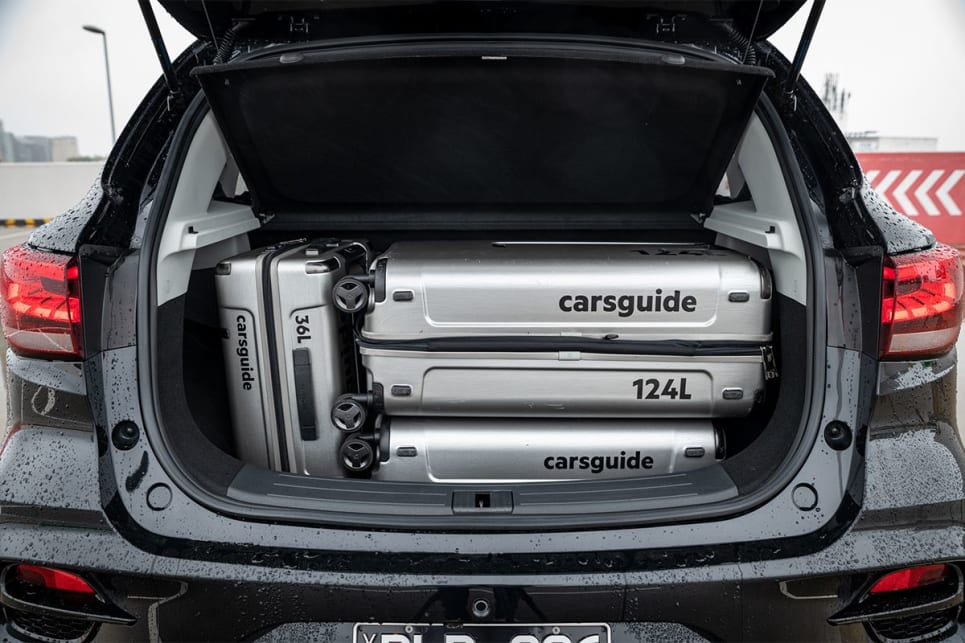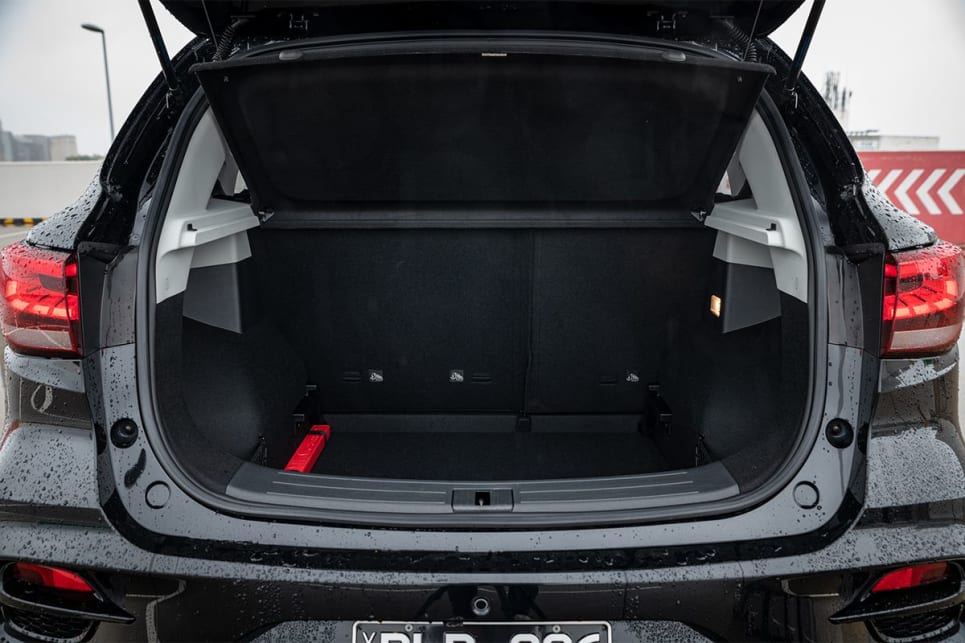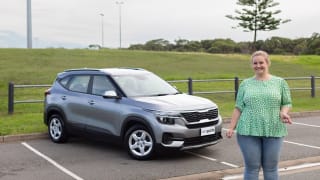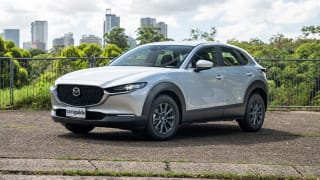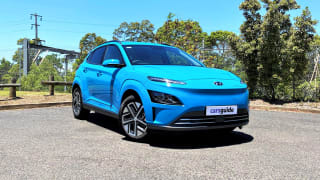It may be more expensive than the ‘regular’ ZS, but the ZST is still a relatively affordable option in the grand scheme of things. We’re looking at the top-spec Essence grade for this review, which tops out at just $33,990 drive-away.
For comparison, the equivalent rivals include the lower-mid-spec Mazda CX-30 G20 Evolve ($32,290 before on-roads), the mid-grade Hyundai Kona Elite ($31,900 before on-roads), or the mid-grade Kia Seltos Sport ($30,290 before on-roads).
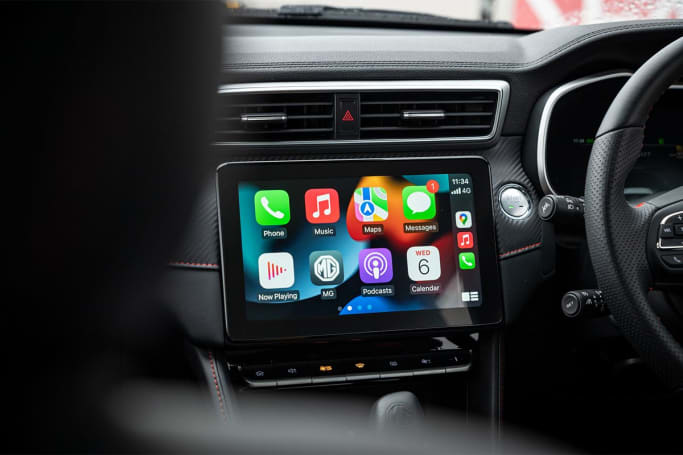
Because you’re getting a bells-and-whistles model for the price of a mid-grade rival, the ZST scores things like synthetic leather seats, a panoramic sunroof, comprehensive safety suite and LED headlights, which some rivals miss out on at this money.
Other standard equipment impresses for this segment, with the ZST also including items like 17-inch alloy wheels, a 10.1-inch multimedia screen with Apple CarPlay and Android Auto connectivity, extended soft trims and synthetic leather finishes compared to the regular ZS, keyless entry with push-start ignition, single-zone climate control, digital instrument cluster, electrically adjustable driver’s seat, heated front seats, and a 360-degree parking suite. Not bad at all.
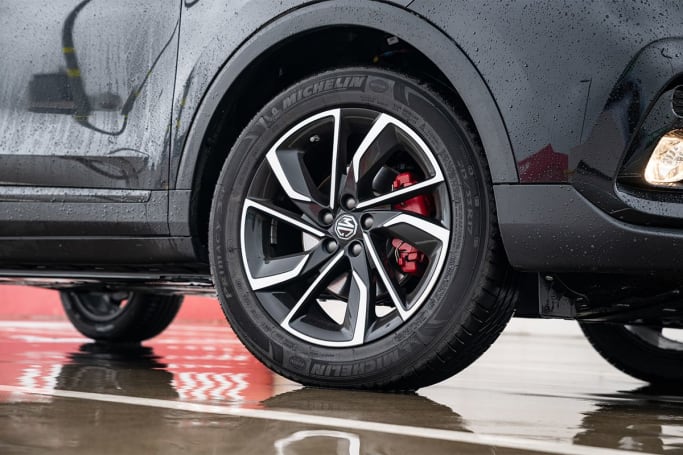
Importantly, and again, key to MG’s success, is the fact that more often than not, MG actually has stock ready to sell at dealers, which is a better proposition than the months-long waiting lists experienced by many rivals.









